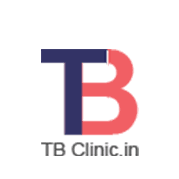(Tuberculous lymphadenitis involves the organ-systems and not just the lymph nodes)
-
Chemotherapy found effective
- A time of 9 month duration advised.
- Use of isoniazid, rifampicin and ethambutol for first 2 months.
- Followed by isoniazid and rifampicin for 7 months
- Alternatively some favour a 6 month regime.
-
Steroids reduce inflammation in early phase of therapy –found useful in intrathoracic region when heart or lungs get compressed. Dose of Prednisolone given at 40 mg / day for 6 weeks followed by gradual tapering
-
Surgical excision may be used alongside chemotherapy but no use by itself
